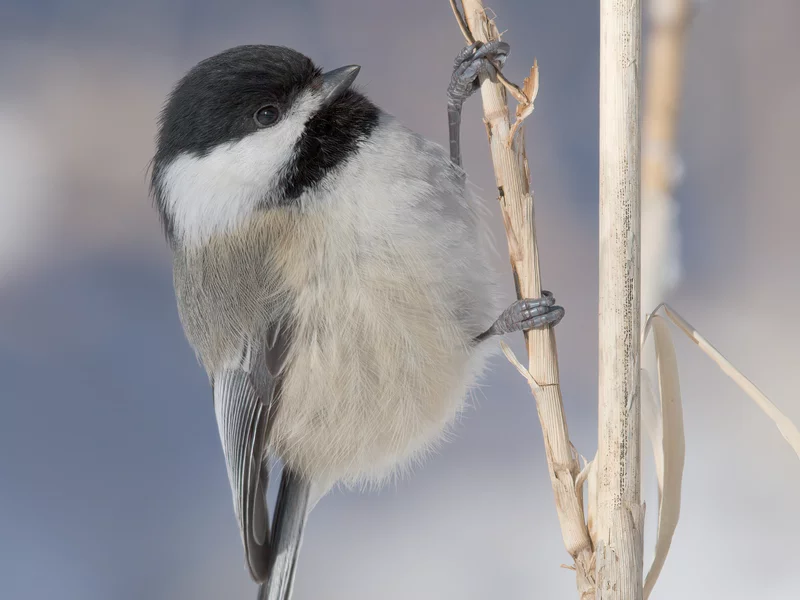Tiny black-capped chickadees are known for their remarkable memory skills. In the wild, they stash food in hundreds of different locations and recall these stashes when food becomes scarce. Recent research from Columbia University’s Zuckerman Institute suggests that unique patterns of neural activity, akin to barcodes, may underlie this impressive ability. The study, published in Cell, sheds light on how the brain creates and stores memories.
Scientists have long recognized the importance of memory for chickadees, especially during times of food scarcity. The hippocampus, a brain region crucial for memory formation, undergoes significant changes in these birds as they gather and store seeds each fall.
Previous hypotheses suggested that neurons called “place cells” might explain the birds’ memory for food locations. However, recent findings revealed a different mechanism. Each time a chickadee hides a seed, a distinct brain pattern emerges in the hippocampus—separate from place cells. Researchers liken this phenomenon to a barcode, indicating a unique memory trace associated with each seed hiding event.
The study’s lead researcher, Selmaan Chettih, compared the hippocampus’s shift in activity to a switch being flipped, revealing a new pattern of neural activity specific to the seed-hiding behavior. By implanting tiny probes into the chickadees’ brains, the researchers observed these unique brain patterns each time a seed was hidden and subsequently retrieved.
This research not only enhances our understanding of animal cognition but also provides insights into memory formation across species, including humans. The study’s findings could have implications for treating memory-related disorders and advancing our understanding of the brain’s remarkable capacity for learning and adaptation.
